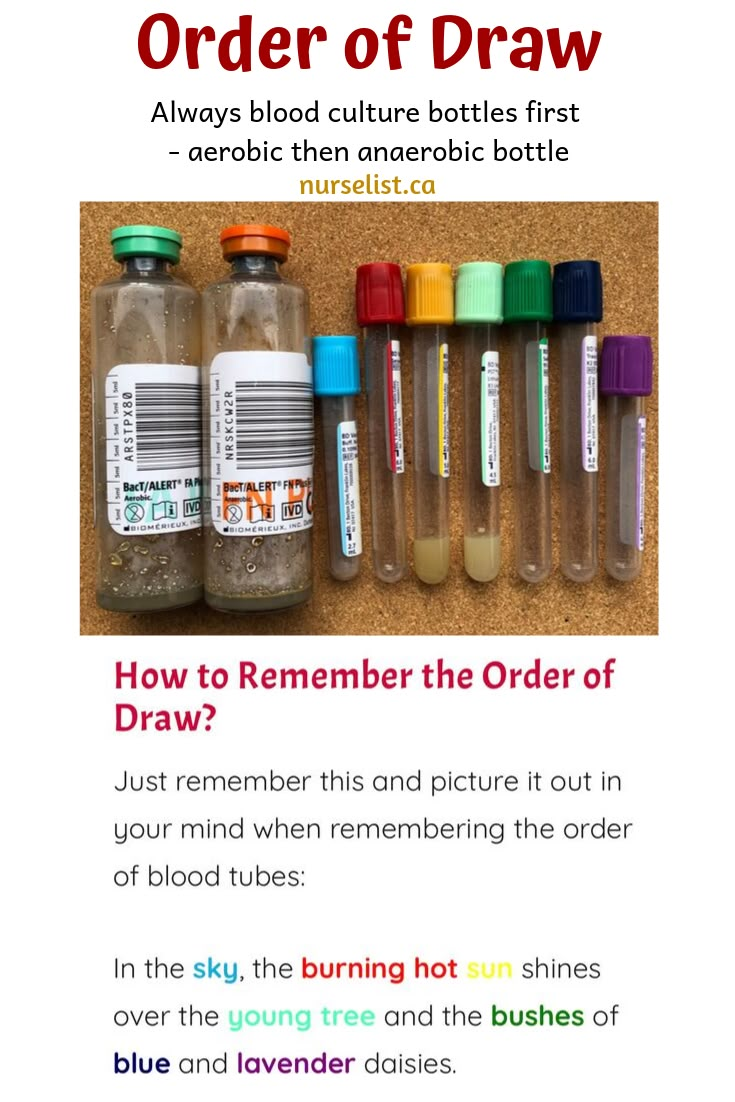jar test procedure
Jar Test Applications Evaluated 18 drinking water treatment plants in 7 counties over 6 months Humboldt. PH meter with electrode to monitor pH.

Benedict S Test Principle Procedure Steps Results Uses
Visibility of Floc FormationSize Not necessary a good indicator of settleability andor filterability.

. Jar Testing Procedures The following jar test procedure uses alum aluminum sulfate a chemical for coagulation flocculation in water treatment and a typical six-gang jar tester. Cationic polymers usually require higher dosing to achieve similar clarity than anionic polymers. Measure 500 milliliters of untreated influent wastewater into four 600-mL beakers label A B C D.
Powered polymers require longer mixing and accurate weighing out for making up a stock solution. Generally we add 510 ml for good - flocculation in the final step of jar testing. A special note of thanks to Larry Rader former Program Specialist of the WVRWA for his enthusiasm in promoting the benefits of jar testing.
Given the overall jar test results of source waters tested wi th and without initial rapid mixing flash mixing at 200 RPM for 20 to 60 seconds is considered adequate to rapidly disperse the applied chemical. The results of this proce-dure can help optimize the performance of the plant. Results from a jar test are particularly valuable to the plant operator in making adjustments to treatment processes in reaction to water quality changes.
Jar Test Procedures Keep it simple End of flocculation After 5 minutes of settling. Identify which coagulant chemistries you plan to evaluate. Ppm in a jar test using 1000 mls of waste water.
He jar test protocol must be designed to mirror as well as. Jar Testing Procedures By Dave Christophersen CWT Deciding On Coagulant Chemistries A. Acknowledgement The procedures outlined in this publication appear courtesy of the West Virginia Rural Water Association.
The purpose of the procedure is to estimate the minimum coagulant dose required to achieve certain water quality goals. Magnetic Stirrer or equivalent. First using a 1000 milliliter mL gradu-ated cylinder add 1000 mL of raw water to each of the jar test beakers.
The jar test has been and is ah important drinking water treatment plant design process control and research tool. Test Procedure Preparing the Samples Collect 3-4 gallon sample of untreated wastewater from the equalizationholding tank in a clean 5 gallon bucket. Stir with magnetic stirrer at medium speed or use gang stirrer at medium speed.
Physical measurements are needed for proper assessment. The jar test procedure is site specific and no standard jar test protocol exists. N the drinking water field the jar test is described as a bench-scale simulation of full-scale coagulationflocculation sedimentation water treatment processes.
ORP meter with electrode to monitor the reduction reaction. This paper describes features of the jar test apparatus and presents a general outline of a jar test procedure. How to Design and Perform Representative Jar Tests for a SWTP TEXAS OPTIMIZATION PROGRAM TOP DIRECTED ASSISTANCE MODULE DAM 2B J AR T ESTING H OW TO D ESIGN AND P ERFORM R EPRESENTATIVE J AR T ESTS FOR A S URFACE W ATER T REATMENT P LANT SWTP S TUDENT G UIDE Most recent revision.
This video goes over the basics of jar testing for drinking water treatment and provides a demonstration of the next-generation jar test procedure. 300 ml 400 ml Beakers clear plastic or glass. A Simplified Jar Test Procedure.
Jar Test analytical procedure Using a flocculator the coagulant substance is added to the water sample beakers. Jar test A laboratory procedure that simulates coagulationflocculation with differing chemical doses. The chemical coagulant starts to precipitate trapping all the impurities and forming flocs that will deposit on the bottom of the beaker.
Samples of water to be treated are placed in six jars. Therefore the procedure which follows provides a starting point and adjustments may be required to achieve the desired results. How it works.
For older jar testing equipment with a maximum paddle speed of 100 RPM limit studies have shown that mixing for 20-60 seconds was adequate.

Best Science Magic Trick Candle Water

Typical Water Problems In 2022 Chemicals Cleaning Chemicals Powerade Bottle

How To Write Excellent Procedural Texts Literacy Ideas

Make Your Own Old Fashioned Grape Jam At Home With This Delicious Recipe And Step By Step Tutorial That Requires J Grape Jam Green Grapes Recipes Grape Recipes

Most Popular Canning Questions Answered A Great Home Canning Resource Canning Recipes Food Recipes

Photosynthetic Funnel Pdf Carbon Dioxide Oxygen Cycle 7th Grade Science Test Tube

Canning Recipes Salsa Canning Recipes Recipes

What Is A Melt Pool Candle Jar Diy Melting Candles Diy Aromatherapy Candles

Mini Glass Bottles 30 80mm 40ml Glass Bottles Test Tube Silver Screw Cap Storage Glass Jars Mini Containers Transparent Vial Bottles

Top 7 Tips For Efficient Candle Testing Homemade Scented Candles Candle Making Handmade Candles Diy

Step By Step Directions For Canning Dry Beans Although The Procedure Is The Same For All Dry Beans I U Canning Beans Pressure Canning Recipes Canning Recipes

Electricity Stem Laboratory Experiment Make A Battery Long Distance Friendly






